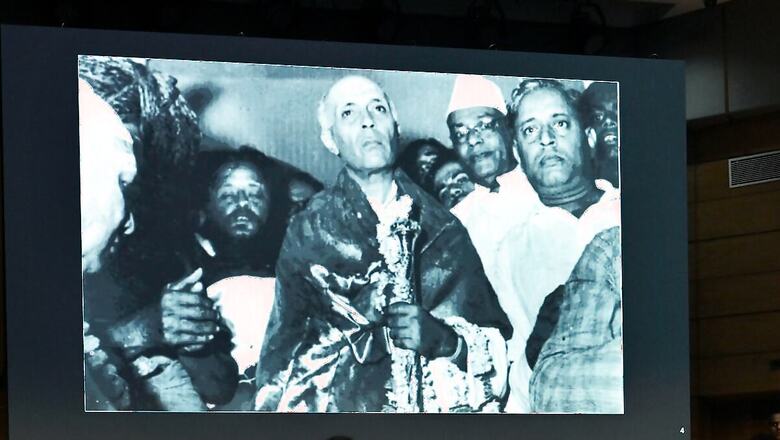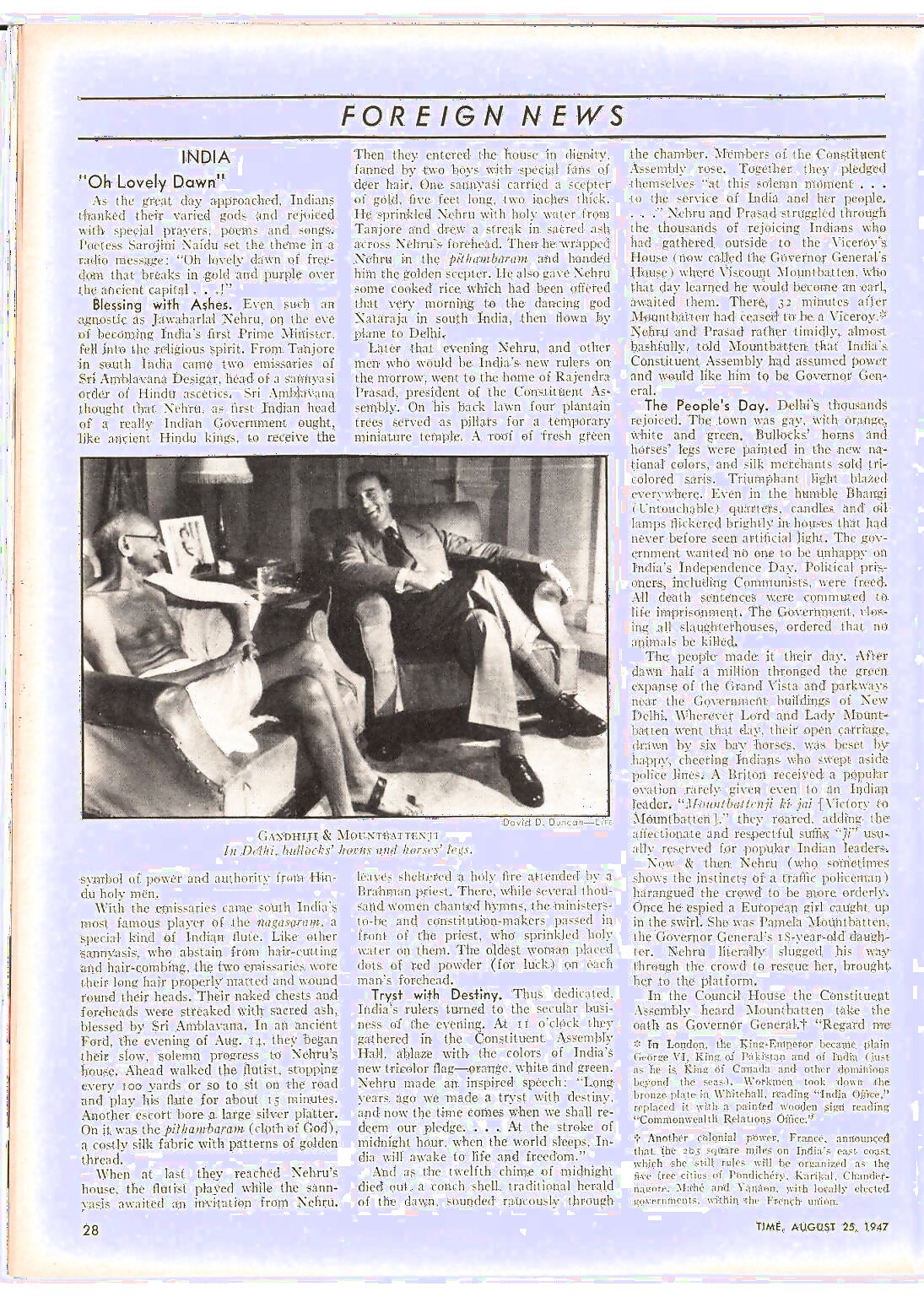
views
The Narendra Modi government did a thorough two-year-long exercise of looking at official records and media articles dating back to 1947, including one in Time magazine, to establish the significance of the ‘Sengol’ and the authenticity of the ‘Sengol Vesting Ceremony’ on the night of August 14, 1947 that symbolised the transfer of power to India.
The events were triggered by an article in Thuglak magazine on May 5, 2021 by S Gurumurthy that said the ‘Sengol’ was a symbol of Independence given to India’s first Prime Minister Jawaharlal Nehru by a Tamil pontiff.
Within a few days, renowned classical dancer Dr Padma Subrahmanyam sent the English-translation version of the article to the Prime Minister’s Office. She pleaded that a profound, sacred and historic ceremony of ‘Sengol-vesting’ had been kept out of public knowledge and history and that the Modi government must make this public on the occasion of Independence Day in 2021.
Two-Year-Long Exercise
This prompted the PMO and the Culture Ministry to dig up old records and media reports to establish the significance of the ‘Sengol’. Officials culled details from newspapers, books by respected authors and pored over the information available online about the presentation of the ‘Sengol’ to Nehru at his residence.
Chairman of Nehru Memorial Museum & Library, Nripendra Mishra, was requested to check if some reference or photographs of this ceremony were available in the private papers of Nehru in the Nehru Museum and Library.
A key discovery was an article in Time magazine dated August 25, 1947, which carried a detailed report of the ‘Sengol’ ritual in its ‘foreign news’ section.

Nripendra Misra, in a letter on April 26, 2022, gave to the government details of a book titled The lndian ldeology written by Perry Anderson, as well as another book referring to the same by Tai Yong Tan and Gyanesh Kudaisya titled The Aftermath of Partition in South Asia.
The government also found DF Karaka’s book dated 1950 that corroborated that the ‘Sengol’ was handed over by Tanjore priests as the symbol of traditional Indian method of deriving ruling authority from holy men.
Other similar proof found by the government regarding the ceremony included Dr Babasaheb Ambedkar’s writing dated December 1955, the Freedom at Midnight book by Dominique Lapierre and Larry Collins, and Yasmin Khan’s book Great Partition: The Making of India and Pakistan.
Various other media reports from 1947 corroborated the same. The Hindu Religious and Charitable Endowments Policy Note of 2021-22, published by the DMK government, also recounted the ‘Sengol’ ceremony of 1947. A report presented by the DMK government to the Tamil Nadu Assembly in 2021-22 mentioned this.
The government finally found the 77-year-old ‘Sengol’ to be preserved in the Allahabad Museum in a nondescript location for decades and categorised as Nehru’s ‘golden walking stick’. It will now finally find its place of pride in the new Parliament building in Delhi.



















Comments
0 comment